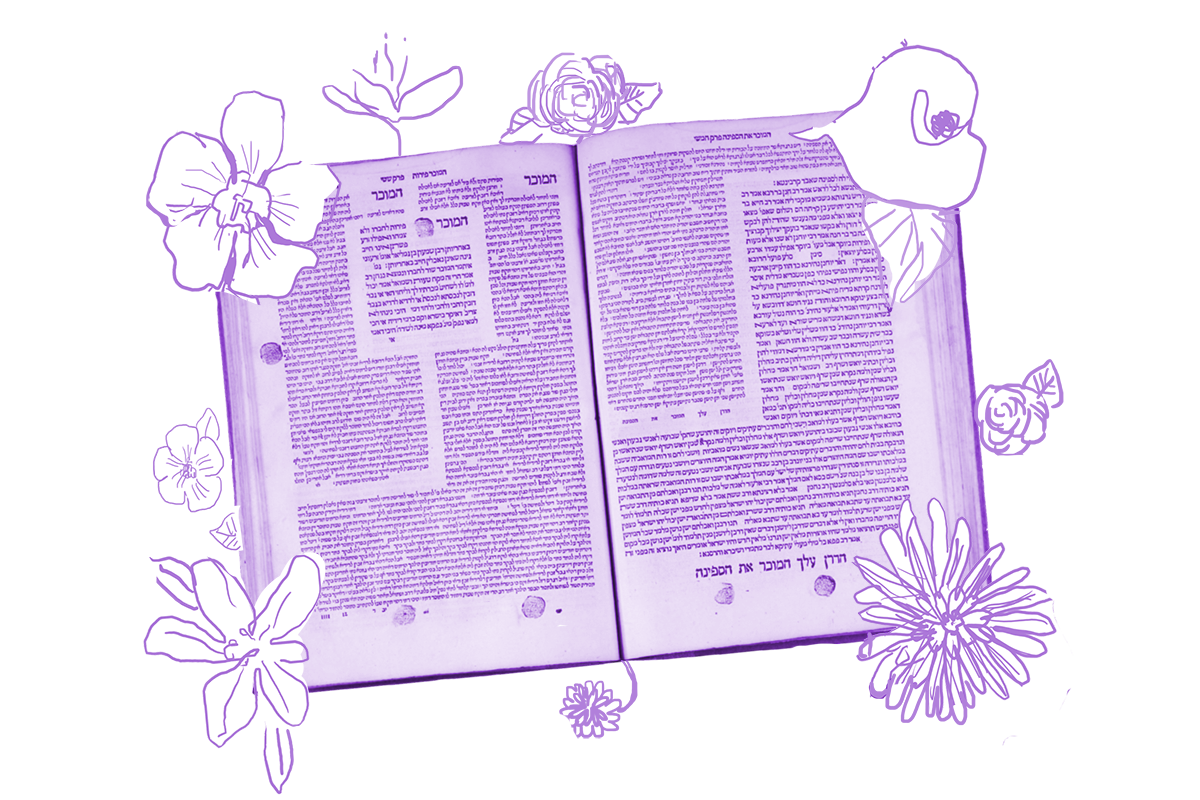Ah, Hallel. The singable tunes. The endless words of praise. All told, this collection of psalms recited on celebratory holidays as an expression of thanksgiving is one of the most festive parts of Jewish liturgy.
A passage on today’s daf focuses on whether it’s enough to simply hear someone recite Hallel or if it’s necessary to actually say the words out loud:
If one heard a passage recited and did not recite it himself, what is the halakhah? He said to them that the sages, and the schoolteachers, and the heads of the nation, and the homiletic interpreters said: One who heard a passage recited and did not recite it himself fulfilled his obligation.
The principle that hearing the words is adequate to satisfy one’s obligation say Hallel is a sound one, and the Gemara offers a biblical prooftext to support it:
With your help, My Jewish Learning can provide endless opportunities for learning, connection and discovery.
From where is it derived that the halakhic status of one who hears a passage recited is equivalent to that of one who recites it? It is as it is written: “All the words of the book which the king of Judea has read” (II Kings 22:16). And did King Josiah read them? Didn’t Shaphan read them, as it is written: “And Shaphan read it before the king” (II Kings 22:10)? From here it is derived that the halakhic status of one who hears a passage recited is equivalent to that of one who recites it, and it is as though Josiah read the words himself.
All this is well and good, but there’s a bit of mystery in the first excerpt: Why specifically cite sages, teachers, political leaders and interpreters? Why is their wisdom on the sufficiency of hearing particularly salient here?
Rabbi Yosef Chaim, a 19th-century rabbi from Baghdad, offers a creative rationale. He posits that the four categories of communal professionals correspond to the four ways of interpreting sacred texts: Teachers are the plain textual meaning (p’shat), the heads of the nation are the allegorical meaning (remez), the interpreters are the midrashic interpretations (drash) and the sages are the esoteric and mystical approaches (sod). Seeing these professionals as representing the wisdom that flows from these four approaches reminds us of the different ways in which we listen and learn.
Rabbi Jacob Ettlinger, a 19th-century German Jewish leader, offered a different interpretation. Each of these professionals has a particular relationship with listening: sages listen to lectures in the beit midrash, or study hall; teachers listen to their students to gauge their degree of comprehension; national leaders listen to the opinions of the community so as to best lead; and the interpreters require the listening of an audience as a reminder that learning Torah isn’t something one can do only on one’s own.
Either way, the Talmud here is suggesting that listening isn’t a passive practice of casual absorption. Both the speaker and the listener are partners in the process, and both reap the benefits of their interaction, even if one of them doesn’t utter a word.
For this reason, both the reciter and the listener to Hallel are good to go.
Read all of Sukkah 38 on Sefaria.
This piece originally appeared in a My Jewish Learning Daf Yomi email newsletter sent on August 14th, 2021. If you are interested in receiving the newsletter, sign up here.



